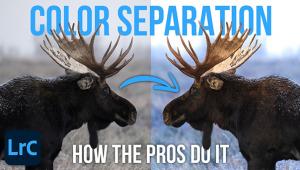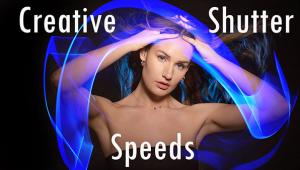Digital Help
Q&A For Digital Photography
| This department will attempt to provide solutions to problems readers may have getting into and using digital cameras, scanning, and using digital photographic images with a computer and different kinds of software. All questions sent to me will be answered with the most appropriate information I can access and provide. However, not all questions and answers will appear in this department. Readers can send questions to me addressed to Shutterbug magazine, through the Shutterbug web site, directly via e-mail to: editorial@shutterbug.net or fotografx@mindspring.com or by US Mail to: PO Box 2830, Lompoc, CA 93438. Video Cards For The
Best Photo Performance With PC Windows Computers A.
I believe it was one of my articles to which you are referring. The
same technical considerations are applicable to the current PC market.
The video cards that are optimized for games, 3D, and animation are
not necessarily those which will provide the best 2D image reproduction
and support optimum Photoshop performance. Panorama Photographs,
Film Or Digital? A. Creating
a successful panoramic photograph is in itself a complex and involved
challenge, whether it is done with a specialized camera like the Widelux
or whether a "normal" camera is used to make a series of
exposures in a very controlled way. Which is more effective and the
best choice, I think, is influenced by the kind of subjects a photographer
chooses as scenes for panoramas. Then there is the question of whether
a photographer is going to make panoramas frequently, which would justify
specialized equipment, or just occasionally, which calls into question
the investment in special cameras. You also need the means to print
or scan the resulting film image. I'm sure those factors are things
you have considered. The Mac Vs. PC Debate
Continues A.
First of all, your assumption a Mac costs more is incorrect. To obtain
equal graphics performance and component quality (like the same video
card) the same quality of RAM chips, etc., etc., the PC will cost you
more. If you want to compare prices for equal quality and performance
of a Mac G4 or G5 you have to select one of the PC workstations made
specifically for graphics, and the price is usually higher than for
a Mac. Mac vs. PC, Part
II A.
It has been a few years since processing speed has been a significant
issue, even to someone like myself with years of full-time experience.
Even an inexpensive eMac is more than fast enough working in Photoshop
so I never have to wait for it, except maybe when processing 250MB 48-bit
files, and then it is just a few seconds pause to apply a process like
a Hue/Saturation adjustment, not even enough time to take a break. |
- Log in or register to post comments


































